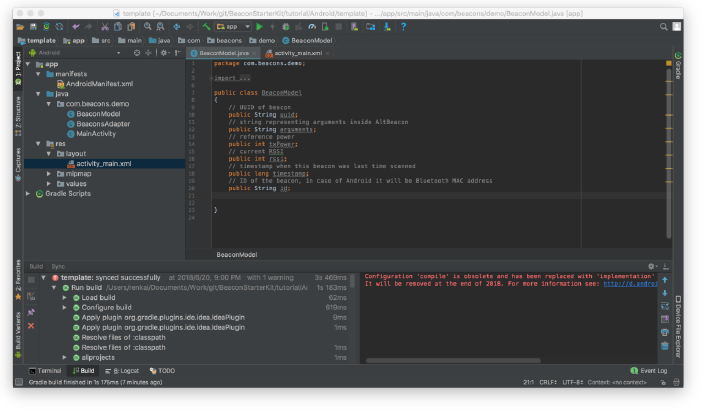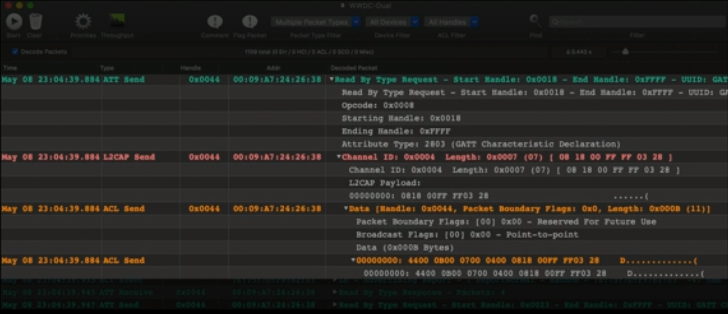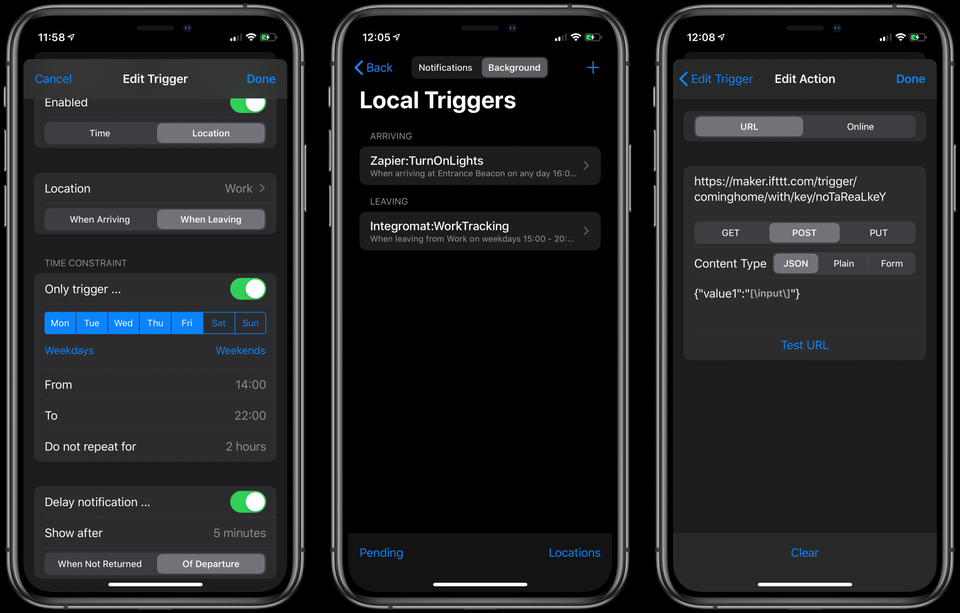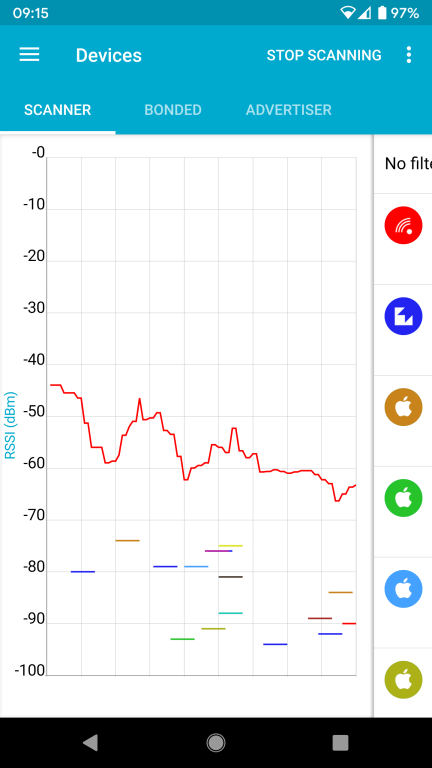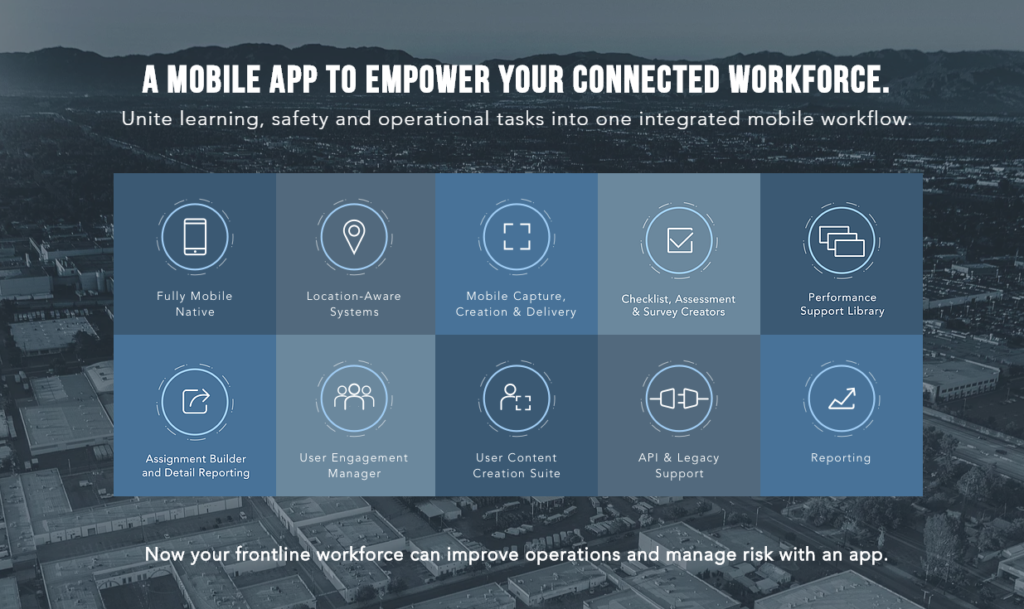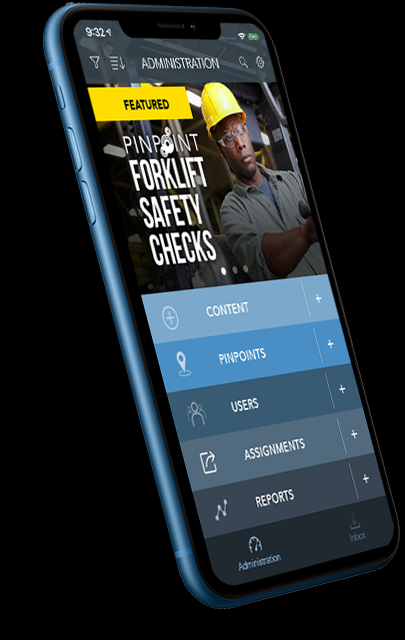We recently started selling beacons that can advertise LINE. This post explains LINE advertising with information on the packet format.
LINE Beacons are used with the LINE messenger service that allows users to send text, video, and voice messages on smartphones and the PC. It’s currently available in Japan, Taiwan, Thailand, and Indonesia. LINE have iOS and Android developer APIs that allow you to hook into the LINE service and include LINE services in your app. The LINE beacon allows your LINE code, called a bot, to receive beacon webhook events whenever a LINE user enters the proximity of a beacon. The beacons allow you to customise your bot app to interact with users in specific contexts. There’s also a beacon banner feature, available for corporate users, that causes a banner to appear in the LINE messenger app when it comes close to a LINE beacon.

Unlike iBeacon, LINE Beacon packets have a secure message field to prevent packet tampering and replay attacks. The secure data is 7 bytes long containing a message authentication code, timestamp and battery level. Secure messages are sent to the LINE platform for verification.
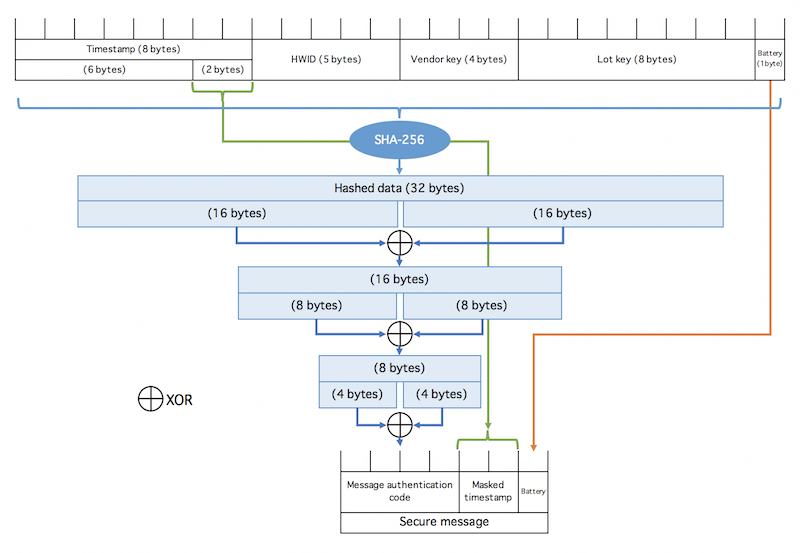
LINE recommend LINE beacon packets be sent at a very high rate of every 152ms. In addition, LINE recommend advertising iBeacon (UUID D0D2CE24-9EFC-11E5-82C4-1C6A7A17EF38, Major 0x4C49, Mino 0x4E45) to notify iOS devices that the LINE Beacon device is nearby. This is because an iOS app can only see iBeacons when in background and LINE beacons can’t wake an app.
We observe that the high advertising rate and concurrent iBeacon advertising aren’t battery friendly and the beacon battery isn’t going to last long.
There’s more information on the LINE developer site on using beacons and the LINE packet format.
